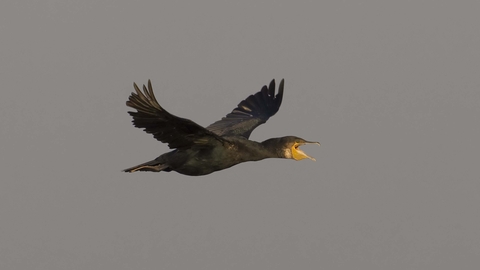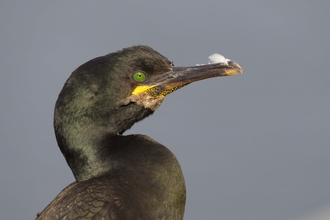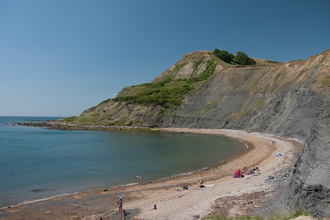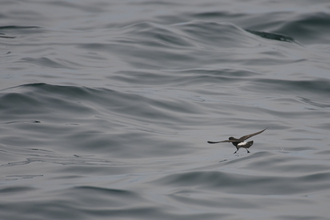
©Peter Cairns/2020VISION
Cormorant
Scientific name: Phalacrocorax carbo
The cormorant is an excellent fisher. It is most easily spotted when it is perched, stretching its wings out in the sun to dry after a dive. The UK holds internationally important wintering numbers of cormorant.
Species information
Category
Statistics
Length: 80-100cmWingspan: 130-160cm
Weight: 2-2.5kg
Average lifespan: 11 years
Conservation status
Common. Classified in the UK as Green under the Birds of Conservation Concern 5: the Red List for Birds (2021).
When to see
January to DecemberAbout
Cormorants are large, black waterbirds. They feed on fish, which they catch with their long, hook-tipped bills while swimming underwater. Cormorants nest on low cliffs around the coasts, or in colonies in trees on lakes and flooded gravel pits. Cormorants can often be spotted perched on a rock or bank with their wings held out. In this stance, they are able to dry their feathers off which are not waterproof.How to identify
The cormorant is a large, shiny black bird, with a white patch on the thigh during the summer breeding season. Young birds are dark brown above and white below.Distribution
Found around the coast and on lakes, reservoirs and rivers inland.Did you know?
There are two subspecies of cormorant in the UK. There's the mostly coastal nesting Phalacrocorax carbo carbo, and there's Phalacrocorax carbo sinensis, which arrived from continental Europe and has led the increase of inland cormorant nesting colonies.How people can help
.Watch
Cormorant by Tom Hibbert



